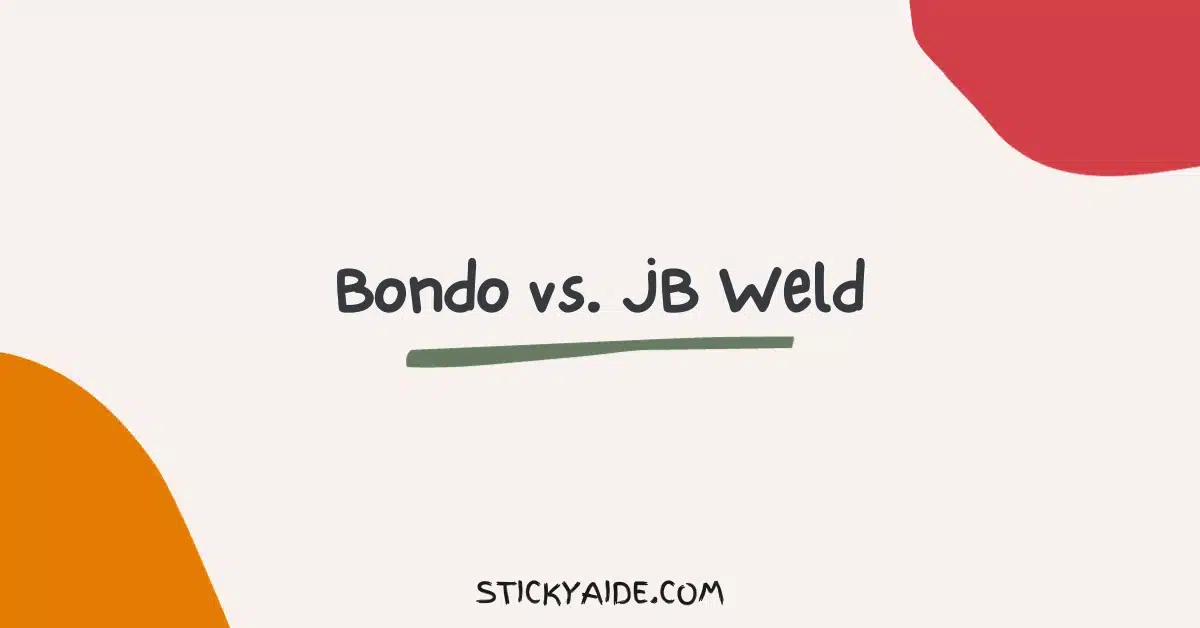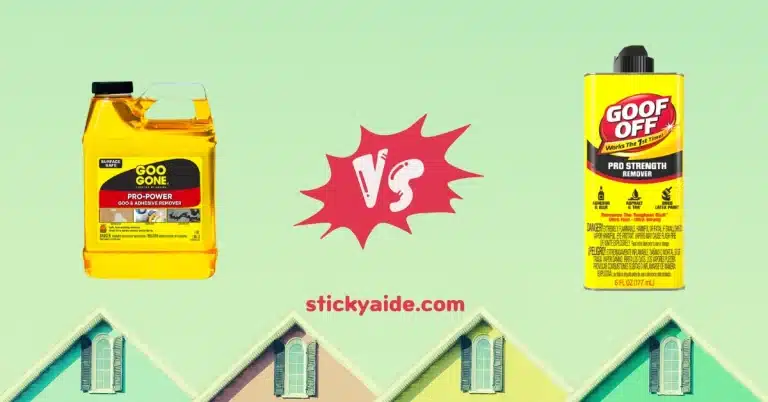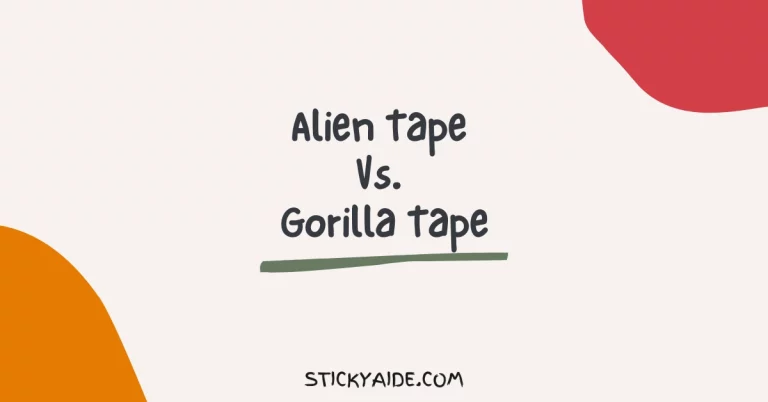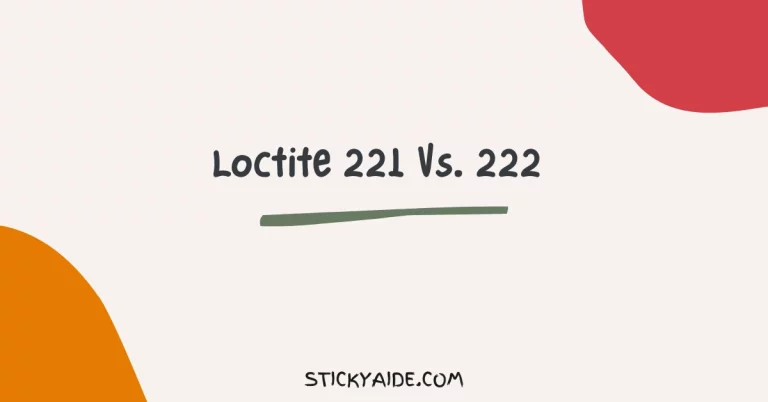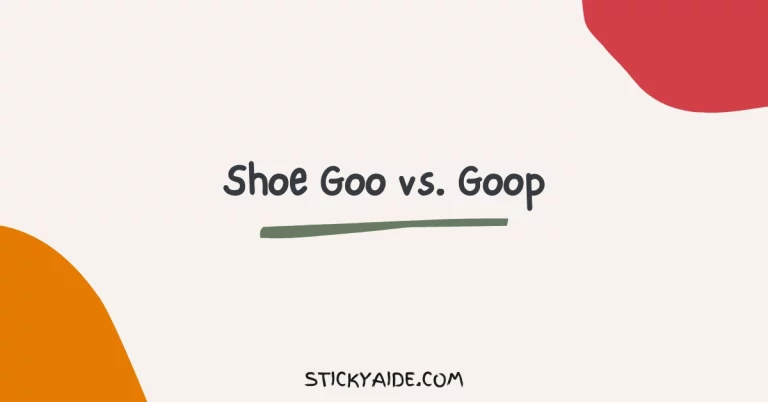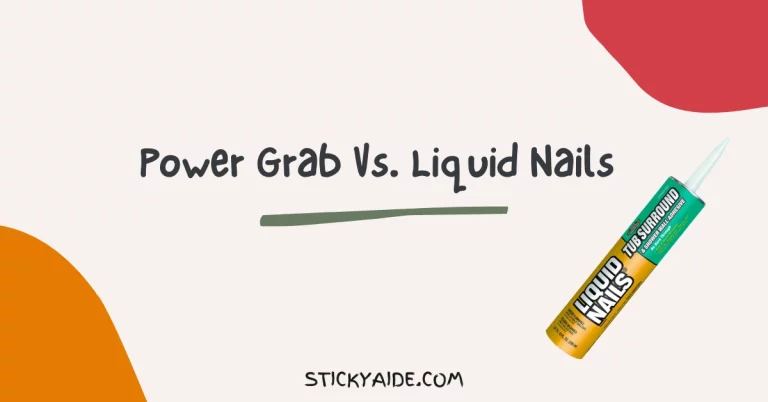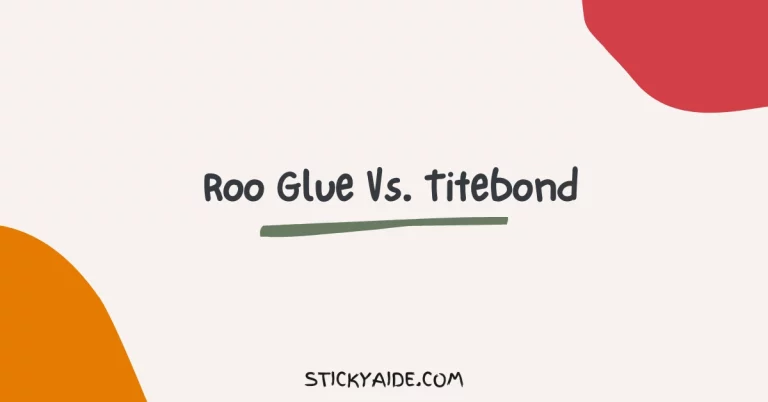I have been trying out different adhesives for quite some time now to see how they work. And while trying them out, I came across two very popular brands, Bondo and JB Weld, that worked amazing!
Even though these two adhesive brands are super popular and have some notable similarities between them, they are quite different from one another.
I have compared Bondo vs. JB Weld in great detail and also discussed the differences for your better understanding.
Go through the article below to find out which of these brands will serve you the best.
Read More: JB Weld vs. Loctite
Read More: JB Weld vs. Pratley Steel
Bondo vs. JB Weld
Because Bondo and JB Weld are two different brands of adhesives, there are some major differences between them.
I have summarized these differences below so that you can have a quick idea about them.
| Properties | Bondo Adhesive | JB Weld |
| Composition | Polyester-based filler and resin | Epoxy-based adhesive and filler |
| Used For | Automotive and Transportation | General Purpose Use |
| Product Category | Adhesives, Sealants and Fillers | Bonding, Sealing, and Repairing |
| Number of Products | 21 | 72 |
| Heat Resistancy | 67°F-200°F | Up to 1000°F |
| Cure Time | 20 minutes-3 hours | 15-24 hours |
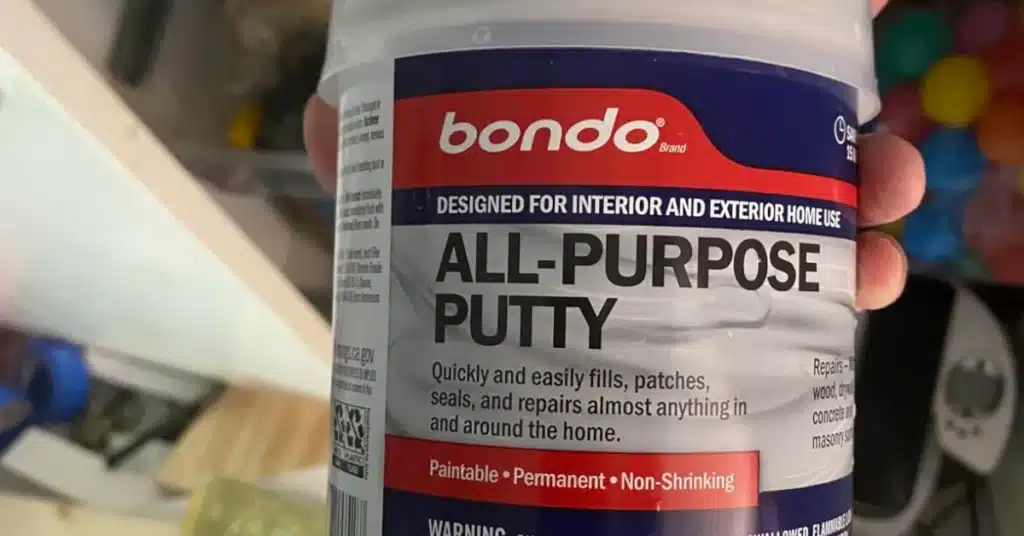
Read More: JB Weld Vs. Gorilla Glue
Read More: Devcon vs. JB Weld
What Are The Differences Between Bondo and JB Weld
Here is an in-detail comparison of Bondo and JB Weld so that you understand the differences even better.
Composition
When it comes to the composition and type of adhesives, both Bondo and JB Weld are quite different from one another.
Bondo is a brand of automotive body filler and repair putty. They are usually made of polyester resin and filler material to provide long-lasting bonds.
However, these adhesives are quite rigid, and hence, you need to work with them as quickly as possible.
However, the same isn’t true for JB Weld adhesives. The adhesives of this popular brand are epoxy-based adhesives and usually come with two separate components for stronger adhesion.
Even though they offer super strong bonding, the JB Weld adhesives are super flexible and give you enough time to work with them.
Used For
One thing about Bondo is that it is a brand of 3M, and hence, the adhesives from Bondo are specifically made for automotive use rather than any other general purpose.
From filling dents to repairing cracks and holes, the Bondo adhesives are used for different automotive repairs.
But the JB Weld ones are versatile. Depending on the type of adhesive you are picking, they can repair and bond general household items to automotive, plumbing, marine, crafts, and more.
All you need to do is just pick the one according to your needs.
Read More: JB Weld Putty vs. Epoxy
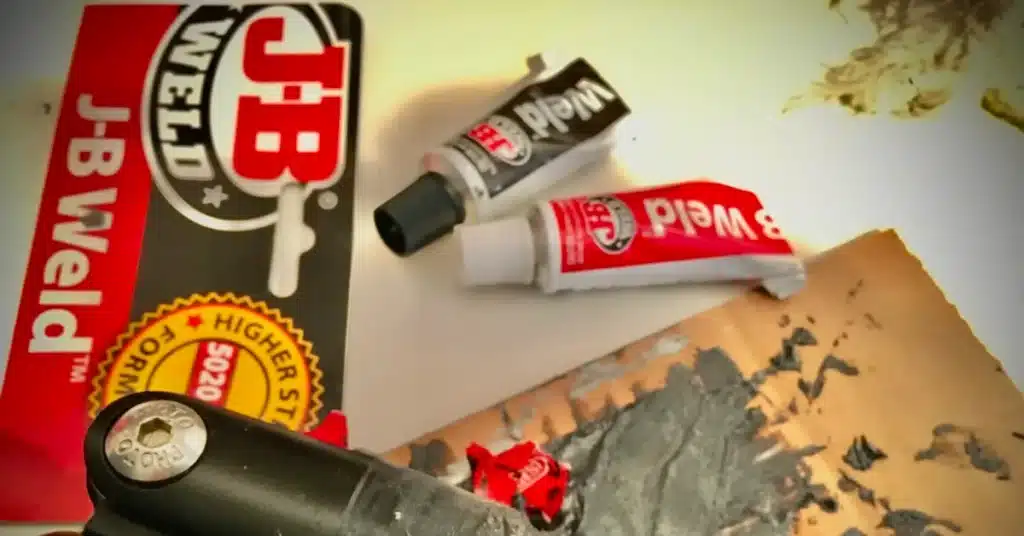
Number of Products
Both brands consider their users’ demands. Therefore, both of them have a wide range of adhesives for their customers to choose from.
As Bondo is specific to automotive repairs, this brand offers 21 different adhesives to its users. From putty to liquid and patches, you will literally find anything and everything you need for an auto repair.
On the other hand, JB Weld has a huge collection of products to cater to your every need. They offer 72 different types of adhesive to make sure you find a glue for any of your repair work.
Heat Resistance
The longevity of an adhesive greatly depends on how much heat it can withstand. And when it comes to heat resistance levels, there is a significant difference between Bondo and JB Weld glues.
For instance, even though Bondo adhesives are specially made for automotive repairs, they can withstand 200°F before melting apart.
However, on the contrary, JB Weld adhesive offers much better heat resistance. Some of its adhesives can withstand up to 1000°F before melting and messing up the bond.
Read More: JB Weld Vs. Epoxy
Last Opinion
It is very much clear from the Bondo vs. JB Weld comparison that both these adhesive brands are excellent but with significant differences.
Because they are used for different purposes, first determine your needs and then pick the adhesive. Otherwise, you might end up with the wrong brand and the wrong type of glue and hamper your project.

